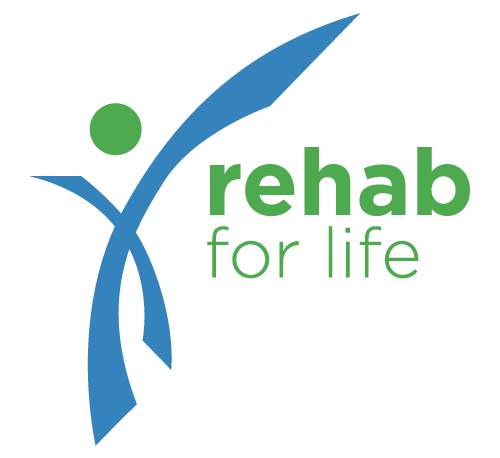Does Physical Therapy Relieve Back Pain?
Back pain is a common ailment that affects millions of people worldwide. It can be debilitating, affecting your daily routine and overall quality of life. If you are someone who has been suffering from back pain, you may be wondering if physical therapy can help alleviate your symptoms.
Physical therapy is a form of treatment that uses exercises, stretches, and other techniques to help improve mobility, reduce pain, and restore function. It is a non-invasive and drug-free approach that has been found to be effective in treating a wide range of conditions, including back pain.
If you are looking for a way to relieve your back pain, physical therapy may be a viable option. In this article, we will explore the benefits of physical therapy for back pain, how it works, and what to expect during your treatment. We will also discuss the different types of physical therapy that are available and how to find a qualified physical therapist to help you achieve your goals.
How Does Physical Therapy Relieve Back Pain?
Physical therapy is an effective way to relieve back pain. It focuses on improving the strength and flexibility of the muscles, ligaments, and tendons in the back area, which helps to reduce inflammation and improve mobility. Physical therapists are trained to create personalized programs based on a patient’s individual needs. These may include stretching exercises, strengthening exercises, posture correction techniques, massage therapy, ultrasound therapy, heat therapy, and cold therapy.
Physical therapists also work to educate their patients about proper body mechanics and posture to help prevent future episodes of back pain. Additionally, they may recommend lifestyle changes such as weight loss or smoking cessation to reduce the risk of future injury.
Are There Different Exercises to Target Different Areas?
There are four categories of exercises to relieve back pain:
- Lumbar stabilizing exercises: These exercises focus on strengthening and stretching the muscles of the lower back to improve poor posture, reduce chronic pain, and increase flexibility.
- Core strengthening exercises: Core strengthening exercises focus on improving core muscle strength and stability. These exercises include planks, bridges, and squats, as well as balance and flexibility drills.
- Flexibility exercises: Flexibility exercises help to improve the range of motion by increasing circulation and loosening tight muscles. These may include static stretching or dynamic stretching movements.
- Aerobic exercise: Aerobic exercise helps to reduce pain by increasing blood flow and oxygen to the injured area. Examples of aerobic exercises include walking, running, swimming, and cycling.
What Can I Expect During Physical Therapy?
A physical therapist will first evaluate your current condition, medical history, and lifestyle habits to create a personalized treatment plan. They will then explain the exercises and techniques they are recommending and help you to understand why it is important for you to do them.
Your physical therapist will likely do some hands-on techniques such as massage therapy or joint mobilization during your session. They may also use equipment such as heat therapy, electrical stimulation, or ultrasound therapy.
Your physical therapist will work with you to determine the frequency, duration, and intensity of your exercises and other treatments. They may also provide advice on lifestyle modifications such as proper lifting techniques, stress reduction, and diet recommendations.
Long-Term Benefits of Physical Therapy for Back Pain
The long-term benefits of physical therapy for back pain are numerous. Regular physical therapy can reduce inflammation and improve muscle strength and flexibility, which can help prevent future episodes of back pain. Additionally, physical therapists are trained to educate their patients about proper body mechanics and posture, which can help to reduce strain on the back muscles. Other long-term benefits include improved mobility, increased endurance, greater self-confidence, and improved quality of life.
Get Started Today
Rehab For Life provides excellent service and care, continuing to demonstrate our commitment to our patients and community. Contact us today to get started!





